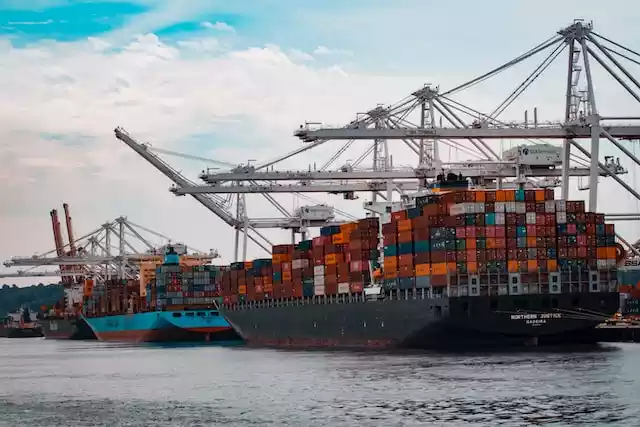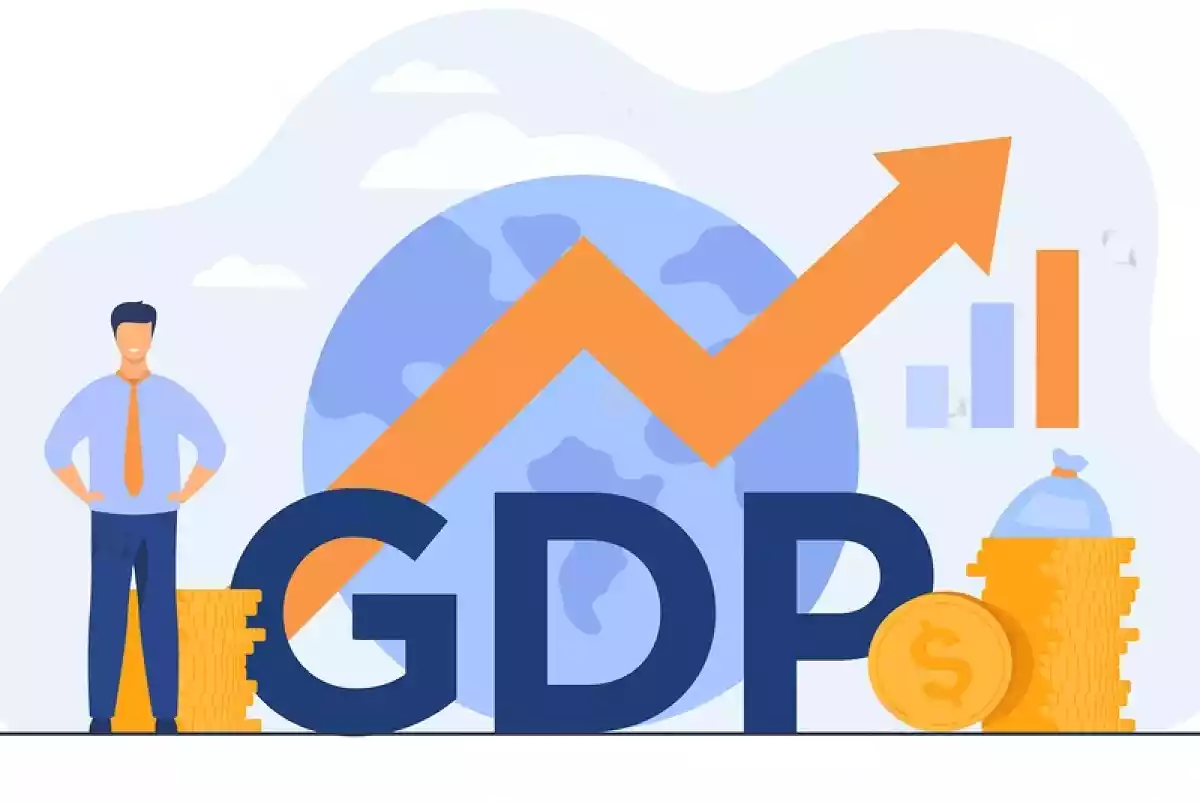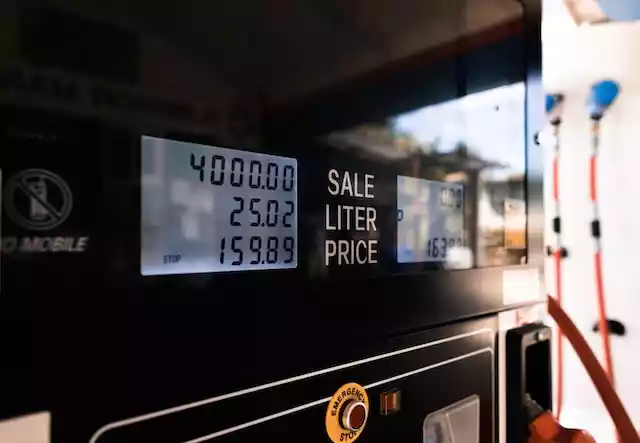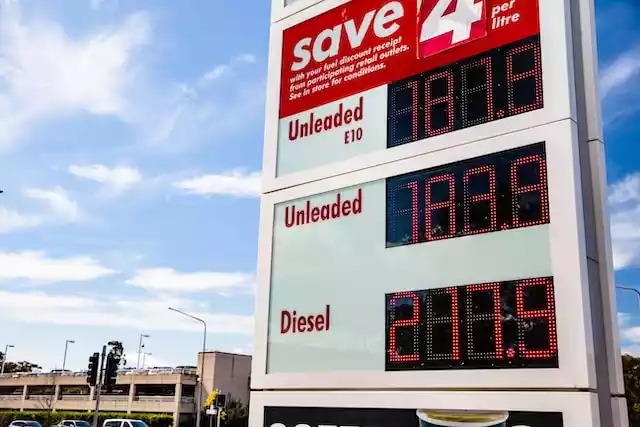What is the Difference Between Inflation and Reflation?
Comprehending economic concepts can be challenging, particularly when it comes to distinguishing between similar terms.
In the sphere of economics, two such terms that often cause confusion are “inflation” and “reflation.” While they may sound alike, these terms have distinct meanings and implications.
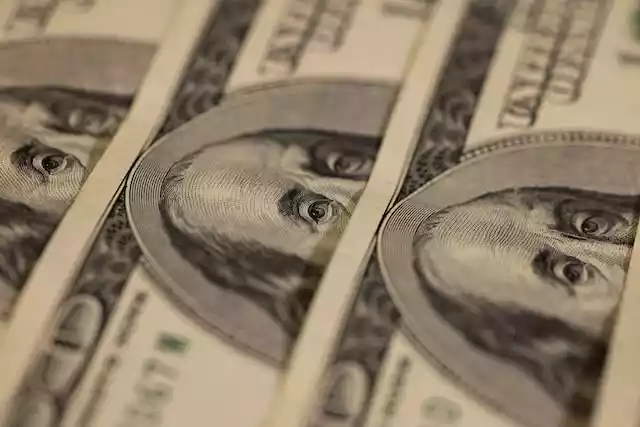
In this article, we will look into the difference between inflation and reflation, exploring their definitions, causes, effects, and examples.
Table of Contents
Difference Between Inflation and Reflation
At first glance, inflation, and reflation might appear to be similar concepts, but they are fundamentally different.
Inflation refers to the sustained increase in the general price level of goods and services in an economy over a period of time.
It is often measured using a consumer price index (CPI), which tracks the changes in the prices of a basket of commonly purchased goods and services.
Inflation weakens the purchasing power of money, as individuals need to spend more to buy the same goods and services they previously could have purchased for less.
Reflation, on the other hand, refers to the deliberate actions taken by governments or central banks to stimulate economic growth and increase aggregate demand.
Reflationary measures are typically employed during times of economic slowdown or recession.
The objective of reflation is to boost consumer spending, business investment, and overall economic activity.
Reflation can involve a combination of fiscal policies, such as tax cuts or increased government spending, and monetary policies, such as reducing interest rates or implementing quantitative easing.
Now that we have a basic understanding of the difference between inflation and reflation, let’s take a closer look at each concept and examine their key characteristics and implications.
Inflation: Causes, Effects, and Examples
Causes of Inflation
Inflation can be caused by various factors, including:
- Demand-Pull Inflation: This occurs when aggregate demand exceeds the available supply of goods and services, leading to upward pressure on prices.
It often happens when the economy is growing rapidly, and consumers have higher disposable incomes. - Cost-Push Inflation: Cost-push inflation occurs when the production costs for goods and services increase, leading to higher prices.
Factors such as rising wages, increased raw material costs, or higher taxes can contribute to cost-push inflation. - Monetary Inflation: Monetary inflation is caused by an increase in the money supply within an economy.
When there is more money circulating, it leads to more spending, which can drive up prices.
Effects of Inflation
Inflation can have both positive and negative effects on the economy and individuals. Some of the effects include:
- Reduced Purchasing Power: As the general price level rises, the purchasing power of money decreases. This means that individuals need to spend more to maintain their standard of living.
- Uncertainty: Inflation can create uncertainty in the economy, making it challenging for businesses to plan for the future. Fluctuating prices can make it difficult to make accurate cost projections and investment decisions.
- Redistribution of Wealth: Inflation can lead to a redistribution of wealth within society. Debtors benefit from inflation, as they can repay their loans with money that is worth less. On the other hand, savers and individuals on fixed incomes may suffer as their purchasing power diminishes.
Examples of Inflation
There have been several notable examples of inflation throughout history. One well-known case is the hyperinflation in Germany during the 1920s, where prices doubled every few days, leading to a complete breakdown of the economy.
Another example is the more recent hyperinflation in Zimbabwe, where inflation reached astronomical levels, with prices doubling every few hours.
Reflation: Causes, Effects, and Examples
Causes of Reflation
Reflationary measures are typically undertaken by governments or central banks to combat economic downturns. Some of the causes or triggers for reflationary policies include:
- Recession or Economic Slowdown: Reflationary measures are often implemented during periods of recession or economic slowdown. The aim is to stimulate demand and revive economic activity.
- Falling Aggregate Demand: When aggregate demand declines, businesses may cut back on production and investment, leading to further economic contraction. Reflationary policies seek to reverse this trend by boosting consumer spending and business investment.
Effects of Reflation
Reflationary measures can have significant effects on an economy. Some of the effects include:
- Increased Economic Growth: The primary objective of reflation is to stimulate economic growth. By increasing consumer spending and business investment, reflationary policies can help lift an economy out of a recessionary or low-growth phase.
- Job Creation: When economic activity expands as a result of reflation, businesses may increase hiring to meet the rising demand for goods and services. This can lead to job creation and lower unemployment rates.
- Asset Price Increases: Reflationary policies, such as lowering interest rates, can lead to increases in asset prices, including stocks, real estate, and commodities. This can benefit investors and individuals with existing assets, but may also contribute to wealth inequality.
Examples of Reflation
During the global financial crisis of 2008-2009, many countries implemented reflationary measures to combat the economic downturn.
Governments injected capital into the banking system, implemented fiscal stimulus packages, and central banks lowered interest rates.
These measures aimed to revive economic activity and restore confidence in financial markets.
Wrap Up
While inflation and reflation may sound similar, they are distinguishable concepts in the field of economics.
Inflation refers to the continuous increase in the general price level of goods and services, weakening the purchasing power of money. On the other hand, reflation involves deliberate actions taken by governments or central banks to stimulate economic growth and increase aggregate demand.
Understanding the difference between these terms is important for comprehending economic trends, policy decisions, and their impact on individuals and societies.
By grasping the nuances of inflation and reflation, we can navigate the complex world of economics with greater confidence and insight.
FAQs
- Q: Can inflation be a good thing? Inflation can have some positive effects on the economy. It can encourage spending and investment, as individuals and businesses may be motivated to purchase goods and services before prices increase further.
In addition, moderate inflation can help reduce the burden of debt, as borrowers can repay their loans with money that is worth less in the future. - Q: How does reflation differ from quantitative easing? Reflation and quantitative easing (QE) are instruments used to stimulate economic growth, but they differ in their approach. Reflation refers to a broader set of policies aimed at boosting aggregate demand, including fiscal stimulus and monetary measures.
On the other hand, QE is a specific monetary policy tool that involves the purchase of government bonds or other financial assets by central banks to inject liquidity into the economy and lower interest rates. - Q: Are there any risks associated with reflationary policies? Reflationary policies can carry certain risks. One potential risk is that they may lead to an increase in inflation if the stimulus measures are excessive.
In addition, if the reflationary policies are not implemented effectively, they may result in unsustainable levels of debt or asset price bubbles, which could pose long-term risks to the economy. - Q: How long does it take for reflationary measures to have an impact? The timeframe for the impact of reflationary measures can vary depending on several factors, including the severity of the economic downturn and the effectiveness of the policies implemented.
Some effects, such as increased consumer spending, may be felt relatively quickly, while others, such as business investment and job creation, may take longer to materialize. - Q: Can inflation and reflation occur simultaneously? Inflation and reflation are not mutually exclusive and can occur simultaneously. For example, during a period of economic expansion, inflation may be present as aggregate demand increases.
At the same time, reflationary measures may be implemented to further stimulate economic growth. - Q: How can individuals protect themselves from the effects of inflation? To protect themselves from the effects of inflation, individuals can consider various strategies. These may include investing in assets that tend to perform well during inflationary periods, such as real estate or commodities.
In addition, diversifying investments, considering inflation-protected securities, or adjusting spending and saving habits can help mitigate the impact of inflation on personal finances.

